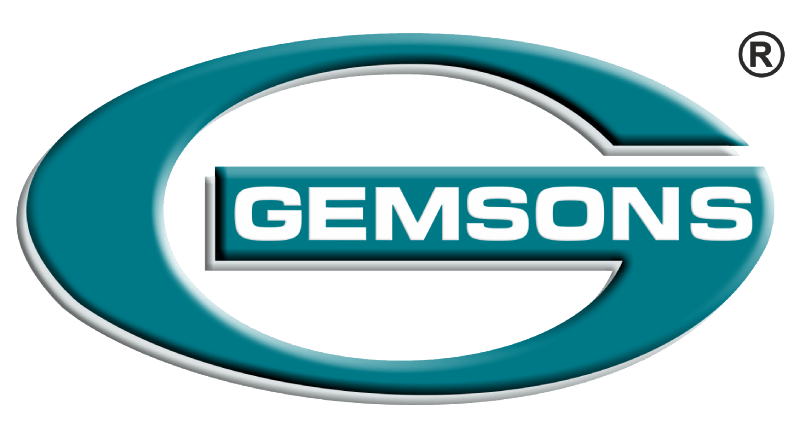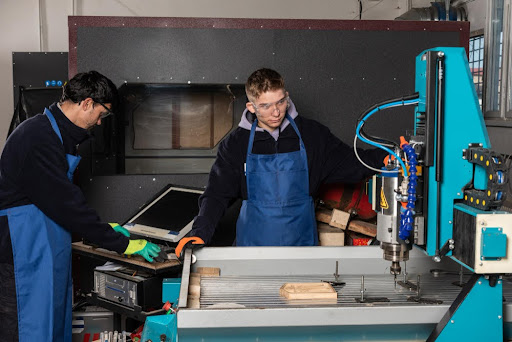When it comes to cleaning precision components, ultrasonic technology has become a game-changer. Unlike manual cleaning methods, ultrasonic cleaning uses high-frequency sound waves to create microscopic bubbles that scrub away dirt, grease, and contaminants at a microscopic level. This process ensures even the most intricate surfaces are thoroughly cleaned.
However, the performance of ultrasonic cleaning doesn’t depend on the machine alone. Several critical factors influence its efficiency, effectiveness, and consistency. Let’s explore the top factors that determine ultrasonic cleaning performance.
1. Frequency of Ultrasonic Waves
The frequency of the sound waves plays a major role in cleaning performance. Lower frequencies (20–40 kHz) create larger bubbles with greater force, making them suitable for removing heavy contaminants like grease, carbon, or rust. Higher frequencies (above 80 kHz) create smaller bubbles, which are gentler and better for delicate components such as medical instruments, electronics, and aerospace parts. Choosing the right frequency ensures the balance between cleaning power and component safety.
2. Cleaning Solution Used
The cleaning fluid isn’t just water; it often contains detergents, solvents, or specialised solutions tailored to the type of contaminant. The right solution enhances cavitation (bubble formation and collapse), improves contaminant breakdown, and protects sensitive parts from corrosion. A mismatched cleaning solution can reduce cleaning efficiency or even damage the parts.
3. Temperature Control
Temperature significantly impacts ultrasonic cleaning results. Higher temperatures (generally between 50–65°C) improve cavitation and enhance the chemical action of cleaning solutions. However, excessive heat may damage delicate materials or reduce bubble activity. Proper temperature regulation ensures consistent cleaning quality without compromising part integrity.
4. Time of Exposure
The duration of the cleaning cycle must be carefully monitored. Too short a cycle may leave contaminants behind, while excessive exposure could damage sensitive surfaces. Optimal cycle times vary depending on the component’s material, geometry, and level of contamination.
5. Power and Intensity of Ultrasonic Energy
The power of the ultrasonic generator determines the intensity of cavitation. Higher power levels generate more decisive cleaning action, ideal for heavily soiled industrial parts. However, delicate components may require lower power settings to avoid micro-abrasions or surface stress. Adjusting the power to suit the application ensures both effective and safe cleaning.
6. Positioning of Components
How parts are placed in the cleaning tank also affects results. Overlapping or stacking components can block ultrasonic waves and reduce cleaning effectiveness. Ideally, parts should be suspended or placed in perforated baskets with enough spacing for uniform cleaning. Ensuring that all surfaces are exposed to cavitation bubbles is essential for consistent performance.
7. Tank Design and Maintenance
The design and cleanliness of the tank are often overlooked but are critical for performance. A well-designed tank ensures even distribution of ultrasonic waves. Regular maintenance, such as cleaning the tank walls and removing residues, prevents contamination buildup that could reduce efficiency.
8. Type and Level of Contamination
Not all contaminants are the same. Light oils, grease, carbon deposits, rust, or biological residues each require different cleaning approaches. The type of contaminant influences the choice of cleaning frequency, solution, temperature, and duration. Heavier soils may need pre-cleaning before ultrasonic treatment for the best results.
9. Material and Geometry of Components
The shape, size, and material of the parts being cleaned impact ultrasonic performance. Components with complex geometries or blind holes are harder to clean and require precise control of frequency and positioning. Similarly, fragile materials like glass or ceramics need gentler cleaning compared to metals.
10. Regular Calibration and Monitoring
For consistent results, ultrasonic cleaning systems must be calibrated and monitored regularly. Factors like frequency drift, uneven power distribution, or worn transducers can affect performance. Routine checks and maintenance help in keeping the cleaning process reliable and repeatable.
Conclusion
Ultrasonic cleaning is a highly effective method for removing contaminants from precision components across industries like aerospace, medical devices, automotive, and manufacturing. However, its performance depends on several factors, including frequency, cleaning solution, temperature, power, part positioning, and tank design. Understanding and controlling these elements ensures optimal cleaning outcomes, longer component life, and greater process efficiency.
For industries where precision and cleanliness are non-negotiable, working with experts who specialize in machining and ultrasonic cleaning solutions is key. Companies like Gemsons Precision Engineering integrate advanced ultrasonic cleaning techniques with decades of machining expertise, ensuring that every component meets the highest standards of cleanliness and quality.



Recent Comments